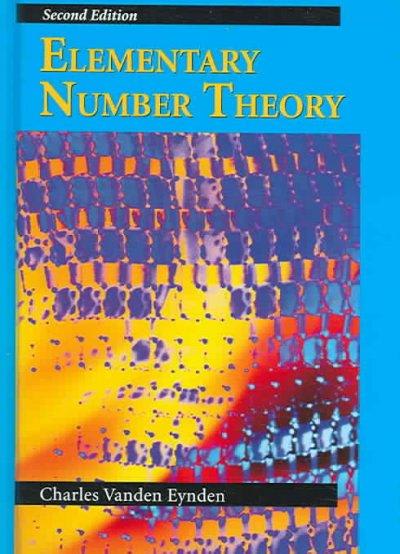Question
1. A random sample of 73 measurements is drawn from a binomial population with probability of success 0.3. Find P(hat{p} > 0.32) P ( p
1. A random sample of 73 measurements is drawn from a binomial population with probability of success 0.3.
Find P(\hat{p} > 0.32)P(p^>0.32).
The probability that \hat{p}p^ is greater than 0.32 is . (Round to four decimal places as needed.)
2. A study of full-time workers in a certain field found that only about 3% leave their jobs in order to retire. Assume this is the true proportion of all full-time workers in the field who leave their jobs in order to retire. In a random sample of 1100 full-time workers in the field, let \hat{p} p represent the sample proportion who leave their jobs in order to retire.
Find the probability that greater than 1.8% of the sampled full-time workers leave the job in order to retire.
(Round to three decimal places as needed.)
3. A study of full-time workers in a certain field found that only about 3% leave their jobs in order to retire. Assume this is the true proportion of all full-time workers in the field who leave their jobs in order to retire. In a random sample of 1100 full-time workers in the field, let \hat{p}p^ represent the sample proportion who leave their jobs in order to retire.
Find the probability that less than 4% of the sampled full-time workers leave the job in order to retire.
(Round to three decimal places as needed.)
4. A study of full-time workers in a certain field found that only about 3% leave their jobs in order to retire. Assume this is the true proportion of all full-time workers in the field who leave their jobs in order to retire. In a random sample of 1100 full-time workers in the field, let \hat{p}p^ represent the sample proportion who leave their jobs in order to retire.
Describe the properties of the sampling distribution of \hat{p}p^.
The mean of the sampling distribution of \hat{p}p^ is . (Round to two decimal places as needed.) The standard deviation of the sampling distribution of \hat{p}p^ is . (Round to four decimal places as needed.)
5. According to a poll of adults, about 40% work during their summer vacation. Now consider a random sample of 600 adults. Complete the following parts.
What is the probability that over 45% of the sampled adults work during summer vacation?
The probability is . (Round to four decimal places as needed.)
6. According to a poll of adults, about 40% work during their summer vacation. Now consider a random sample of 600 adults. Complete the following parts.
What is the probability that between 37 % and 43 % of the sampled adults work during summer vacation?
The probability is . (Round to four decimal places as needed.)
Step by Step Solution
There are 3 Steps involved in it
Step: 1

Get Instant Access to Expert-Tailored Solutions
See step-by-step solutions with expert insights and AI powered tools for academic success
Step: 2

Step: 3

Ace Your Homework with AI
Get the answers you need in no time with our AI-driven, step-by-step assistance
Get Started


